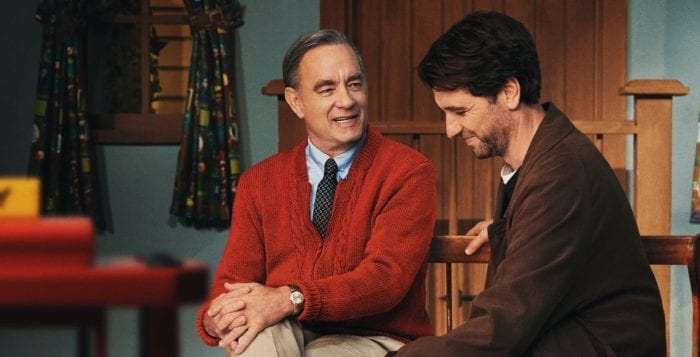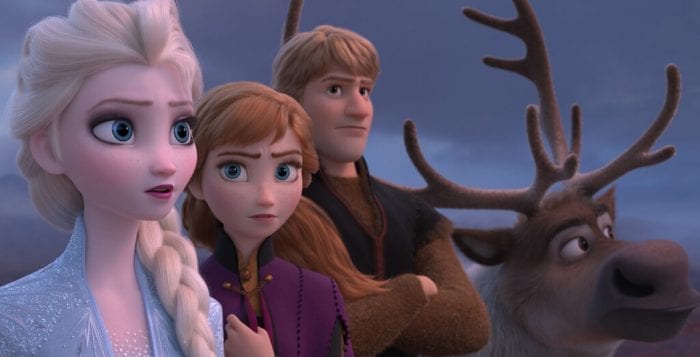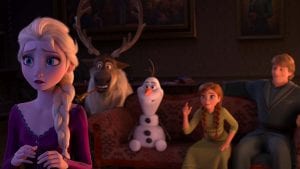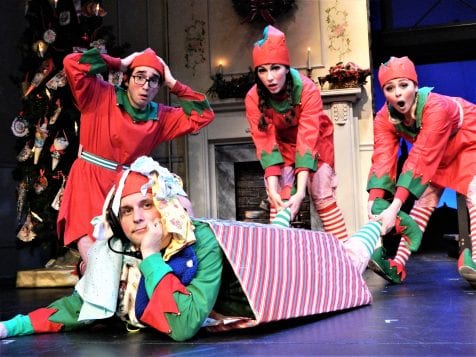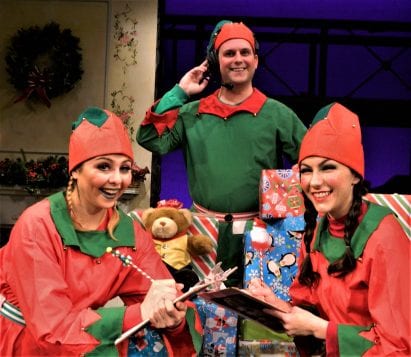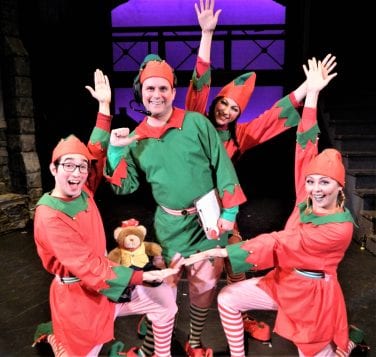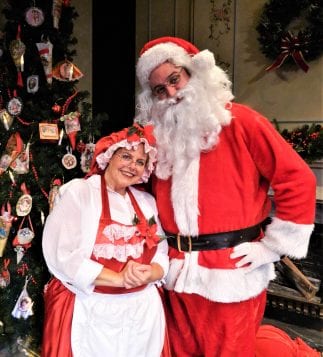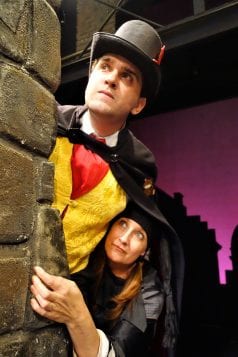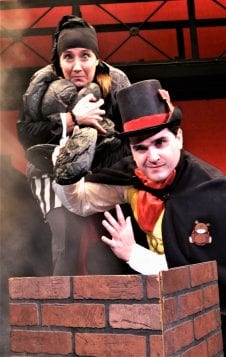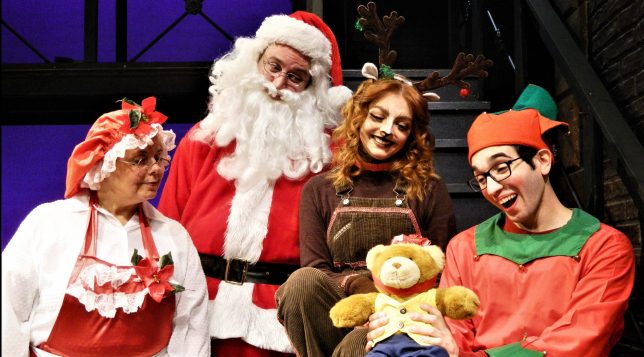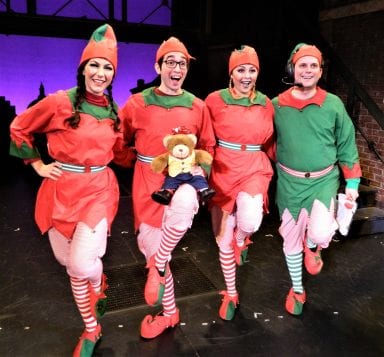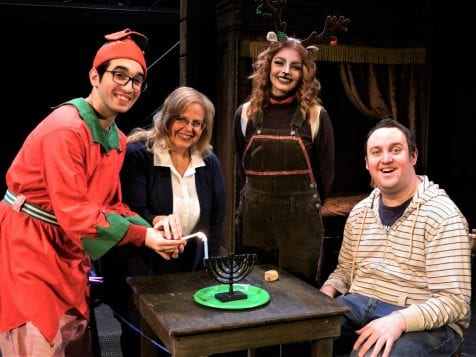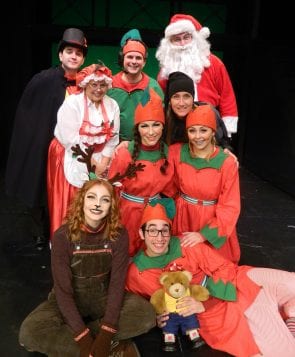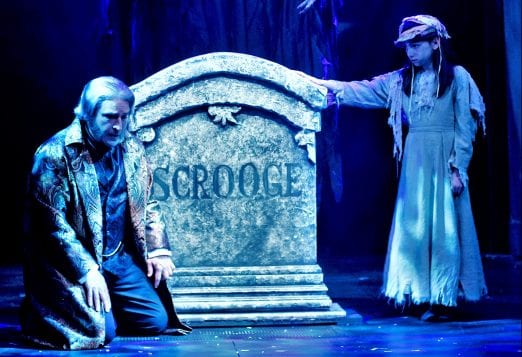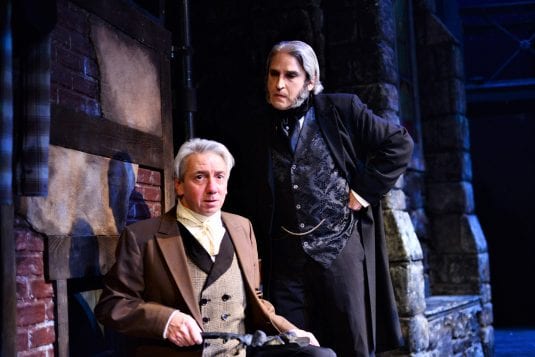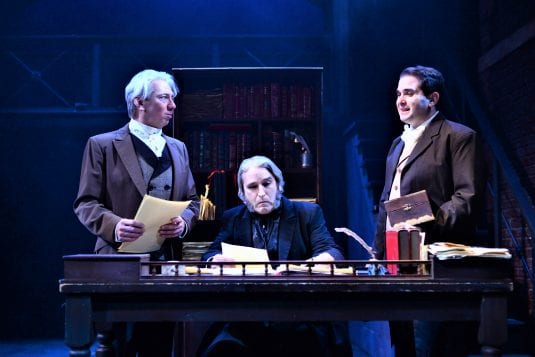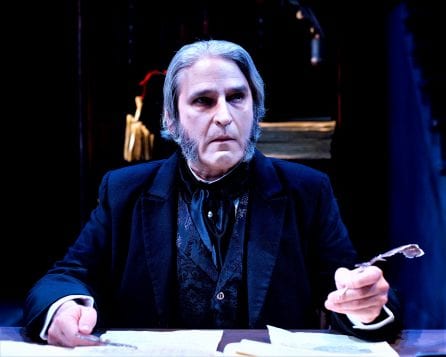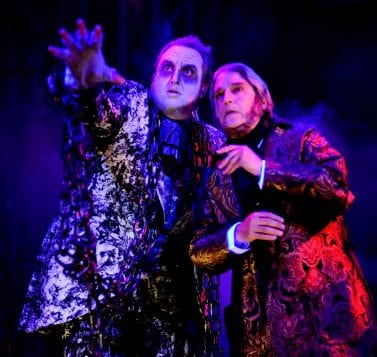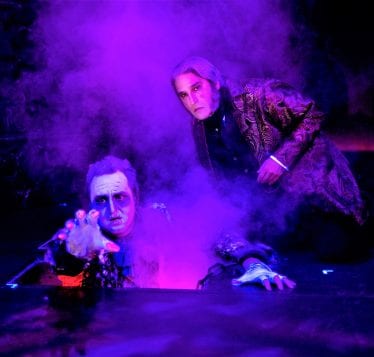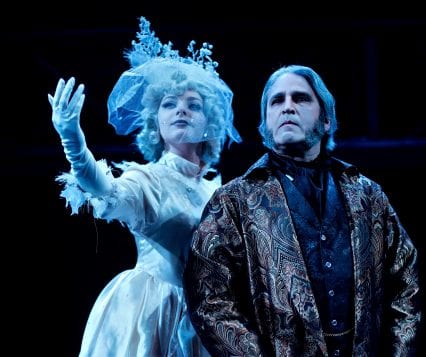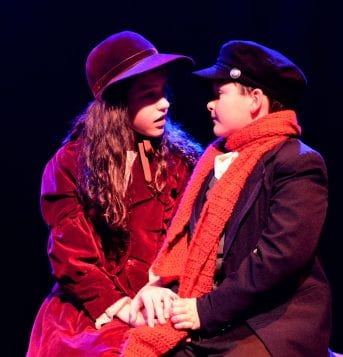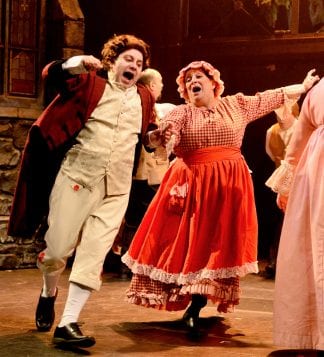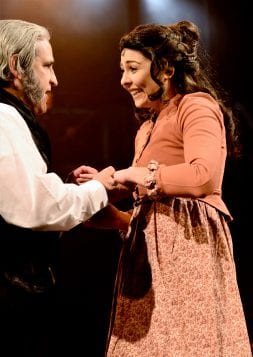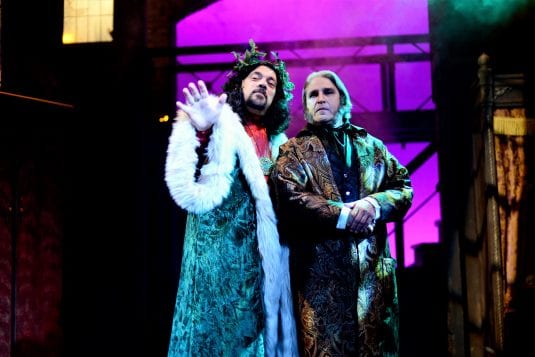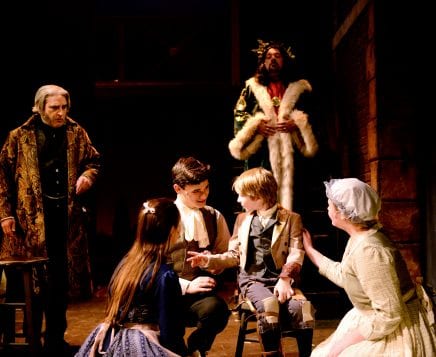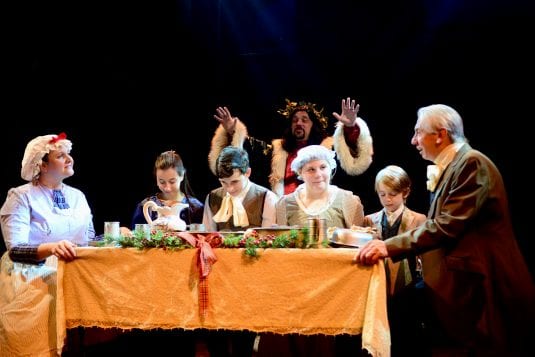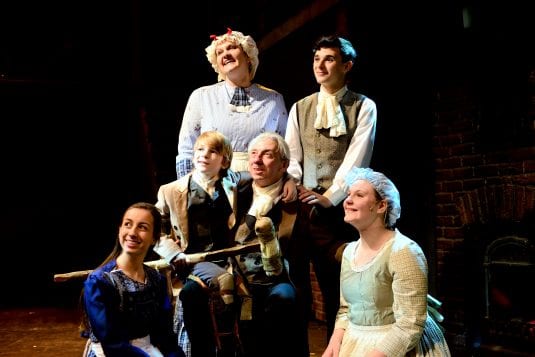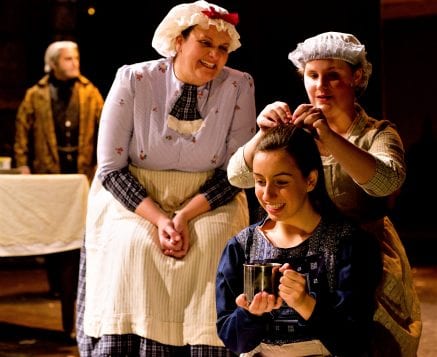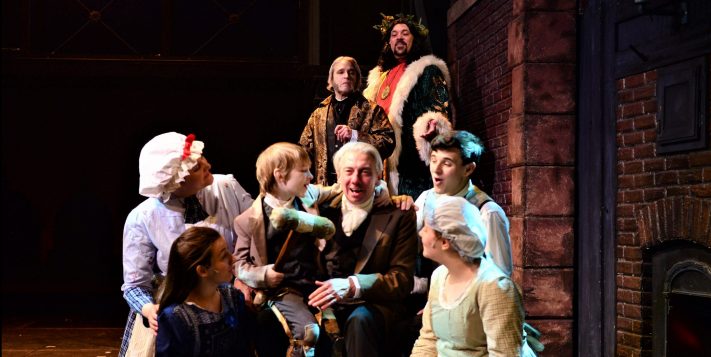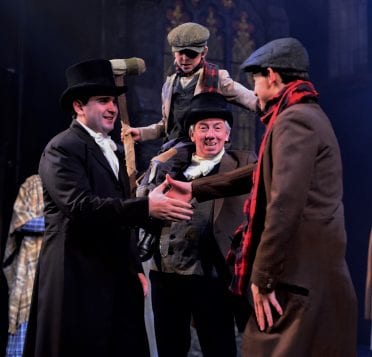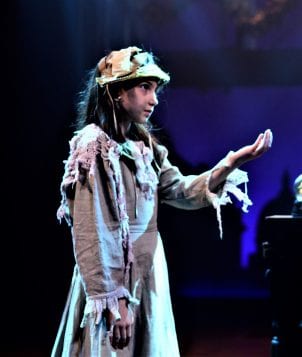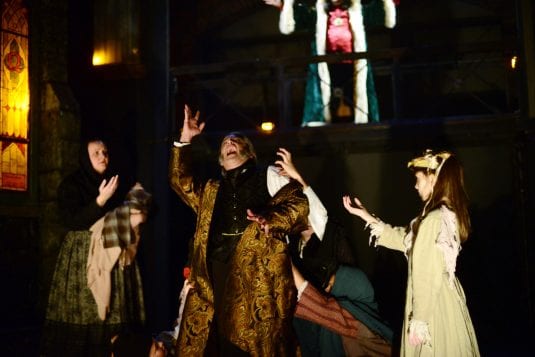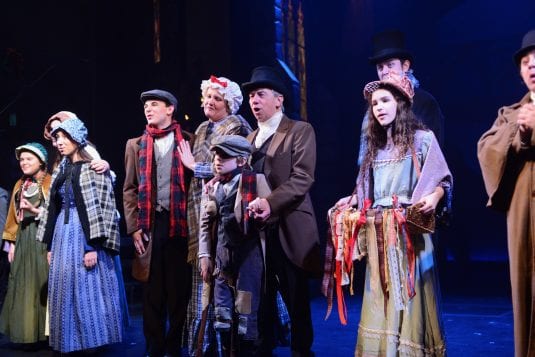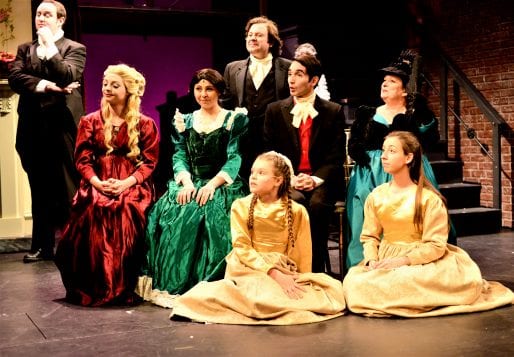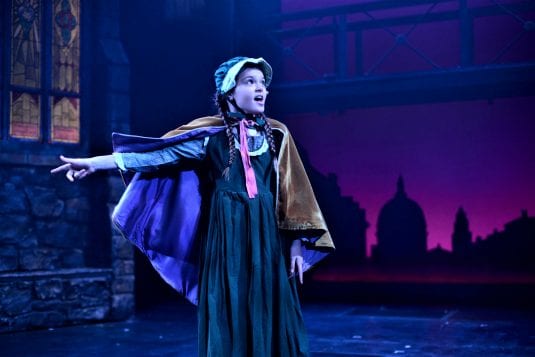By Jeffrey Sanzel
Howard Ratner (Adam Sandler) is a dealer in New York’s Diamond District. A gambling addict and a liar, he is a loser of the first order. He is desperately in search of a big score to get him out of debt, particularly the $100,000 owed to loan shark Arno. Uncut Gems follows his attempt to sell a valuable black opal, embedded in a piece of rock — the titular item. Directed by Josh and Benny Safdie (who cowrote the screenplay with Ronald Bronstein), it is a peripatetic two-and-a-quarter hours of violence and vulgarity that loses its novelty about 20 minutes in.
The plot complication involves Boston Celtic Kevin Garnett (playing himself but not) who becomes convinced that the opal will bring him good luck. Ratner lends it to Garnett with the possibility of enticing him to purchase it for over one million dollars.
The rest of the film follows Ratner trying to retrieve the opal and dodging the goons who are trying to recover the money that he owes. In the midst of this, Ratner’s life implodes as he deals with his soon-to-be ex-wife, his mistress and a range of other shady business dealings along with his attempts to bet on Garnett’s upcoming games.
The action is in constant motion and certainly creates relentless tension. However, relentless friction without variety can soon become its own kind of monotony. At about the hour mark, it is clear that this jerky roller-coaster ride is going to yield very few surprises. Even the constant beatings and humiliations begin to take on a predictability.
There is one rather engaging scene and the only one that truly catches a breath: a dysfunctional Passover seder with Ratner’s in-laws. It is both humorous and vaguely horrifying to see him sit down to a family dinner with a man who had him roughed-up hours earlier. Toward the end of the film, there is also an intriguing exchange between Ratner and Garnett about the dubious origin of the opal that calls into question the overall morality (think “blood diamonds”); this pause gives voice to something the movie nods to throughout. Written and presented deftly, it never feels preachy.
The cast is uniformly strong, with Sandler delivering a dimensional and painful performance. He manages to project Ratner’s combination of chutzpah and defeat, often simultaneously. Julia Fox is believable as the conflicted party girl who loves Ratner certainly more than he deserves. Idina Menzel is wryly effective as the long-suffering wife who truly and rightly loathes her husband.
Eric Bogosian is one of those actors who can convey a great deal with very little effort and is spot-on as Ratner’s brother-in-law, the loan shark who has no use for him; in one of the final scenes, with barely a shift, Bogosian’s face is a study of realizations. Judd Hirsch, as Ratner’s father-in-law, eschews his usual curmudgeon and gives the man a surprisingly light touch. Garnett is particularly good in this skewed take on celebrity that never crosses into self-parody; it is one of the better performances given by someone whose roots are not in acting.
However, all of these excellent performances don’t justify the whole as it is hard to invest in any of these people. It is possible to make terrible people engaging or, at the very least, intriguing. Unfortunately, the frenzied action of the film never allows for this. In the long run, Uncut Gems doesn’t deliver the goods.

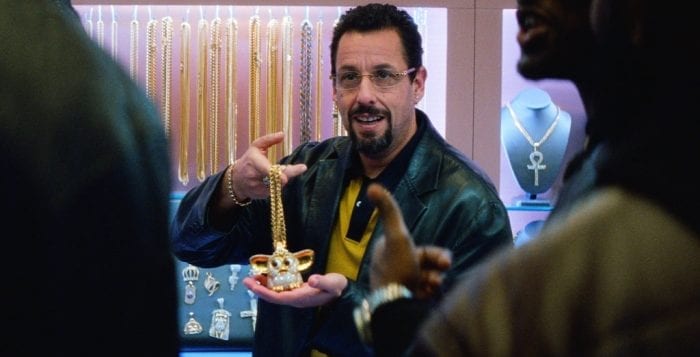
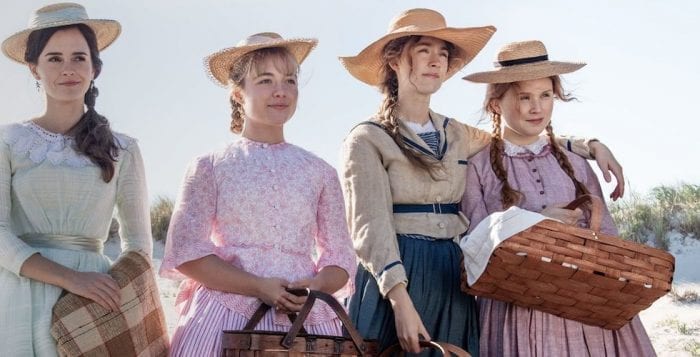
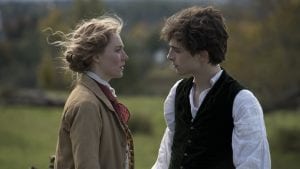
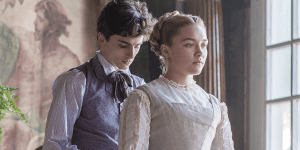
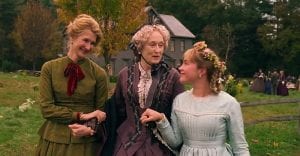
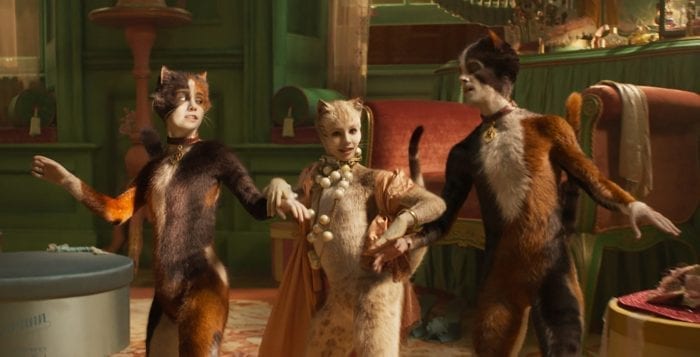

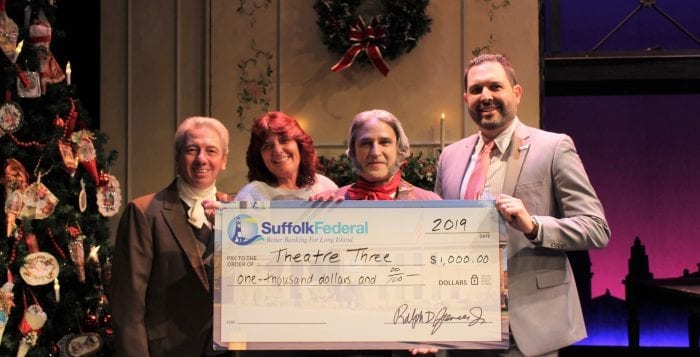
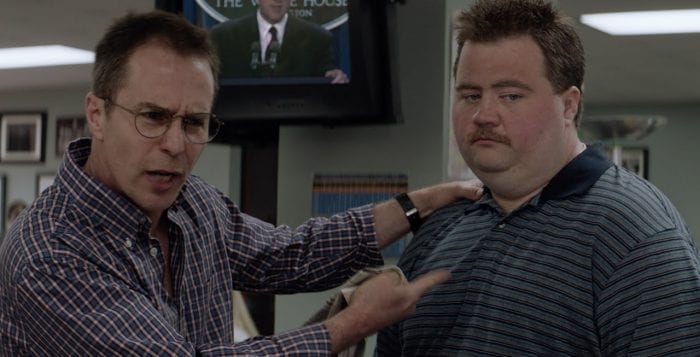
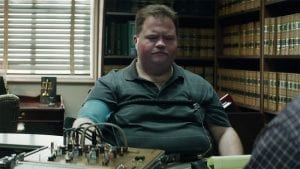
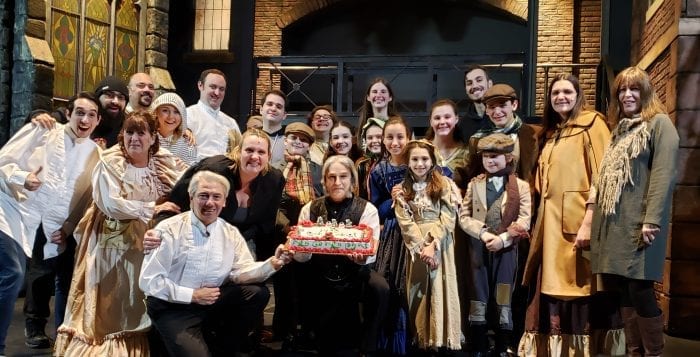
 Theatre Three in Port Jefferson celebrated Jeffrey Sanzel’s 1,400th performance as Ebenezer Scrooge in Charles Dickens’
Theatre Three in Port Jefferson celebrated Jeffrey Sanzel’s 1,400th performance as Ebenezer Scrooge in Charles Dickens’